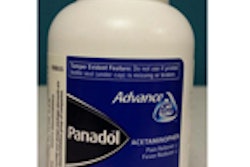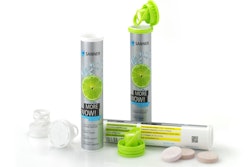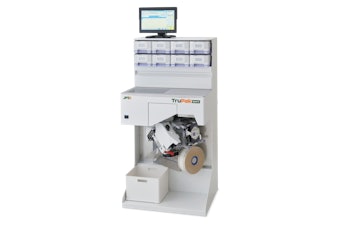
On July 1, 2014, biological samples were found in the cold storage area of U.S. Food and Drug Administration laboratories on the National Institutes of Health campus. The FDA has since acquired additional information from the federal investigative agencies regarding inventories of the materials.
The investigation found 12 boxes containing a total of 327 carefully packaged vials labeled with names of various biological agents such as dengue, influenza, Q fever, and rickettsia. Upon the discovery of these vials on July 1, 2014, FDA employees followed standard protocol and turned them all over to the appropriate NIH safety program officials, who in turn transferred them to the appropriate investigative agencies, as per standard protocols.
As announced on July 8, 2014, six vials labeled “variola” (the causative agent of smallpox) along with 10 other samples with unclear labeling were transported safely and securely with the assistance of federal and local law enforcement agencies in a government aircraft to CDC’s high-containment facility in Atlanta. In addition, 32 samples were destroyed following inventory at the NIH facility, including 28 labeled as normal tissue and four labeled as “vaccinia,” the virus used to make the smallpox vaccine. To be clear, vaccinia does not cause smallpox. These vials represented no value to forensic sciences and were destroyed according to standard protocols.
The remaining 279 biological samples were then transferred by the investigating agencies to the U.S. Department of Homeland Security’s National Bioforensic Analysis Center for safeguarding. There were no smallpox samples included in this transfer. The FDA received confirmatory information about the samples yesterday, thus permitting public disclosure of this additional information.
While an investigation continues regarding the origin of these samples, this collection was most likely assembled between 1946 and 1964 when standards for work with and storage of biological specimens were very different from those used today. All of the items labeled as infectious agents found in the collection of samples were stored in glass, heat-sealed vials that were well packed, intact, and free of any leakage, and there is no evidence that anyone was exposed to these agents.
Overlooking such a sample collection is clearly unacceptable. The FDA has already taken steps to ensure that similar material is not present in its other cold storage areas by initiating a thorough review of all common cold storage spaces. The agency is in the process of reviewing its policies and procedures in order to implement a corrective action plan so that potentially hazardous samples are never overlooked in the future.





















